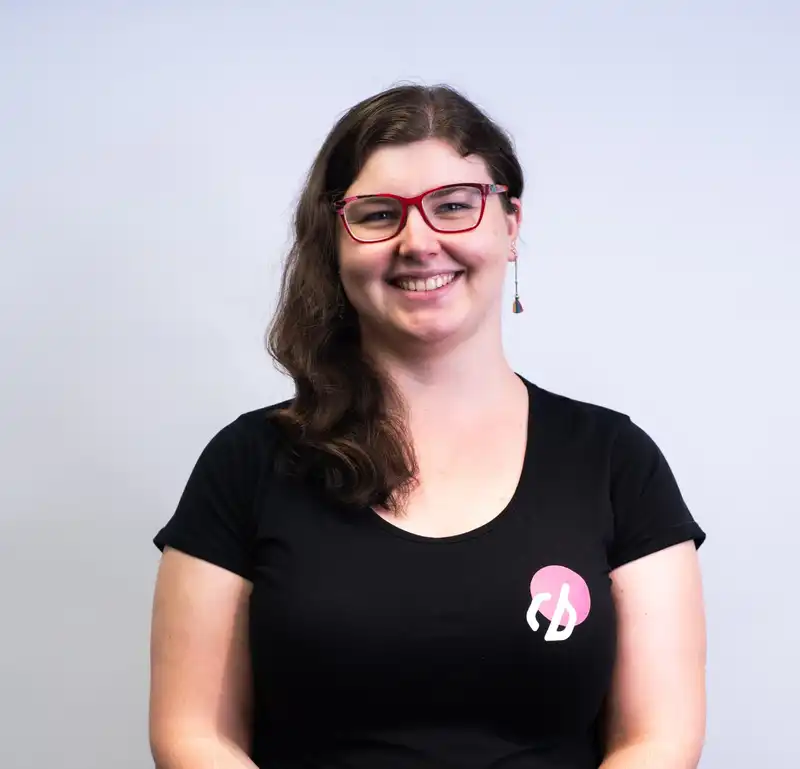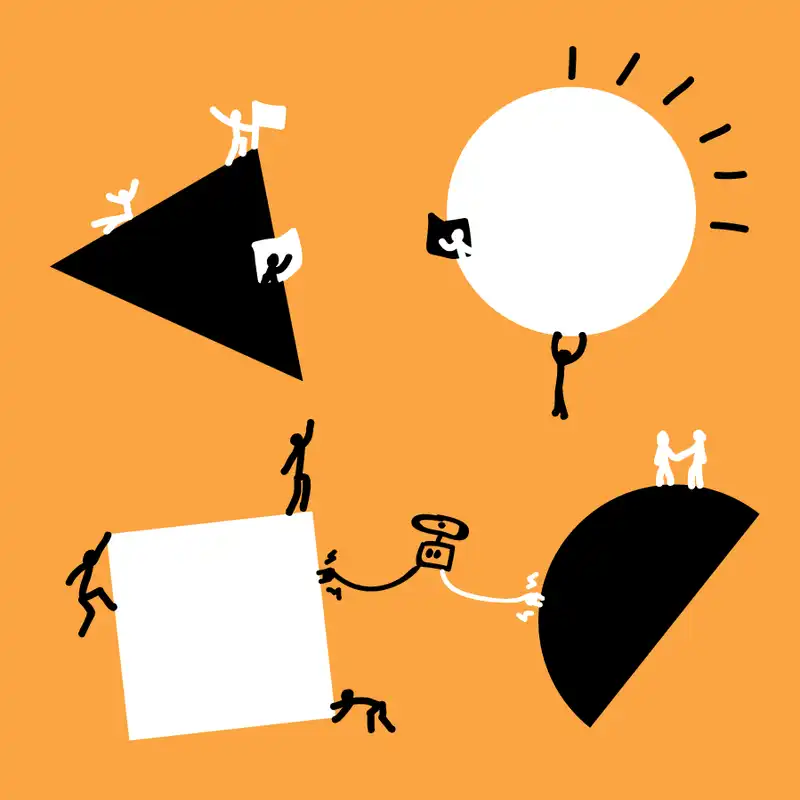One of the best ways to test your project’s objectives and direction is to talk to the people who are going to be using it. This activity should be done throughout all stages of the projects scope, as it is never not valuable.
Users can be random members from the target demographics or employees at the company the product is being made for. Each of them is an ‘expert’ in that subject matter and doesn’t have the disadvantage of having a financial or business bias for the product. If you are solving a problem that people think is an issue they’ll normally want you to succeed as it gives them value. Be sure to also seek some extreme edge cases of users, as they may offer insight into concepts you could never have imagined.
Use quotes and pictures of the users to help give personalities to the feedback during workshops and retrospectives. The data obtained from interviews is important and qualitative but only a small part of the overall quantitative data needed to obtain the best solutions. We encourage product managers to organise these interviews or at least gather names for us to ask.
Another method during the interviews is to keep asking why, normally 4 or 5 times to an open-ended question. This lets you move deeper into the reason a user might have answered that question. Be sure to record each time you step deeper into the answer. This is a great method to get to the human and emotional roots of a problem.
It is also handy to do some real expert interviews with professionals in the field that the product is being made for, even if they aren’t the ones who are going to be using. They can offer insight on their years of experience. For example, if you are building a product for medical patients, talk to some doctors or nurses as well.
Before you start
A problem or assumption to investigate.
Details
Level of difficulty
Moderate
Stage
Discovery
Suggested time
2 to 30 minutes
Participants
- Designer
- Users
Materials
- Designs or prototypes
- Questions
- Print out
- Pen
- Recording device
This template can be used:
d3-interview_a4.pdf
Steps
- Find 5-8 people from the target audience to get a full understanding of the field or objectives of the business. Don’t feel afraid to ask strangers on the street if you need to. If you’re asking them to come in or you’ll be seeing them at a certain time make sure you let them know the duration and anything they need to prepare for it.
- Prepare a short list of questions to ask the users to get feedback on. Make sure they cover the users experience and attitude towards a given idea or concept. Save any questions about their opinions until the end of the interview. Ask yourself what you want to know about the user and what do you want to know about the users first have experience with the concept or idea. Don’t ask questions with only yes/no answers, keep them open ended and don’t ask leading questions.
- Go start your interviews. Try to do it in an environment where the project is relevant. For example, if you are doing an interview for a web portal in a corporate office, do it at one of their stations. If it’s an app to help commuters, do it at a train station. Make sure they feel comfortable and don’t have their superiors in the room. They should feel candid about expressing concerns without it coming back to bite them. Make sure they are comfortable with you recording them with video or sound and taking their picture if you feel it’s necessary perform those actions.
- Try to keep the interviews short so that they don’t drag on and you can quickly get to the crux of the matter.
- Write down exactly what the person says, not what you think they might say or have paraphrased. Select key insights, observations and quotes and present them at a workshop to the project team and stakeholders.
Justification
Identifies the target audience, and helps the team get into the mindset of these users.




